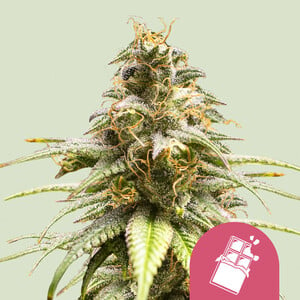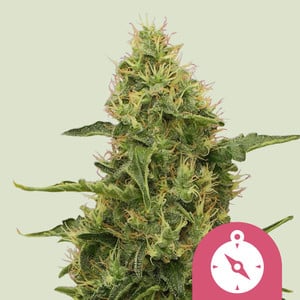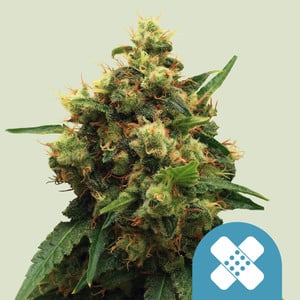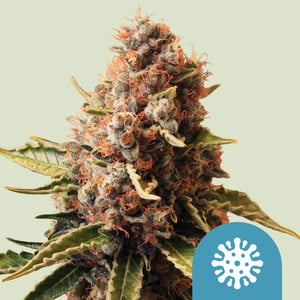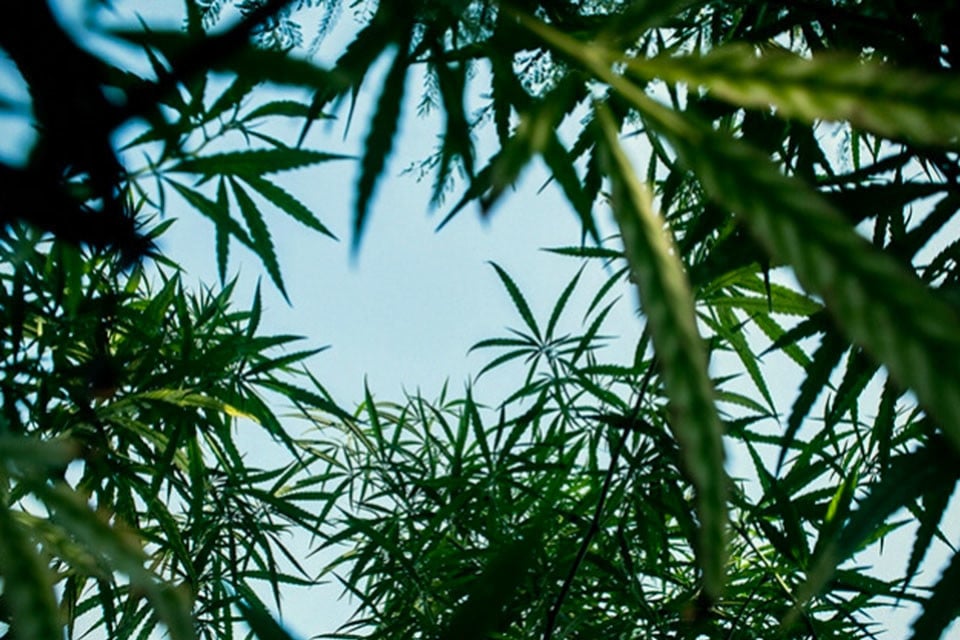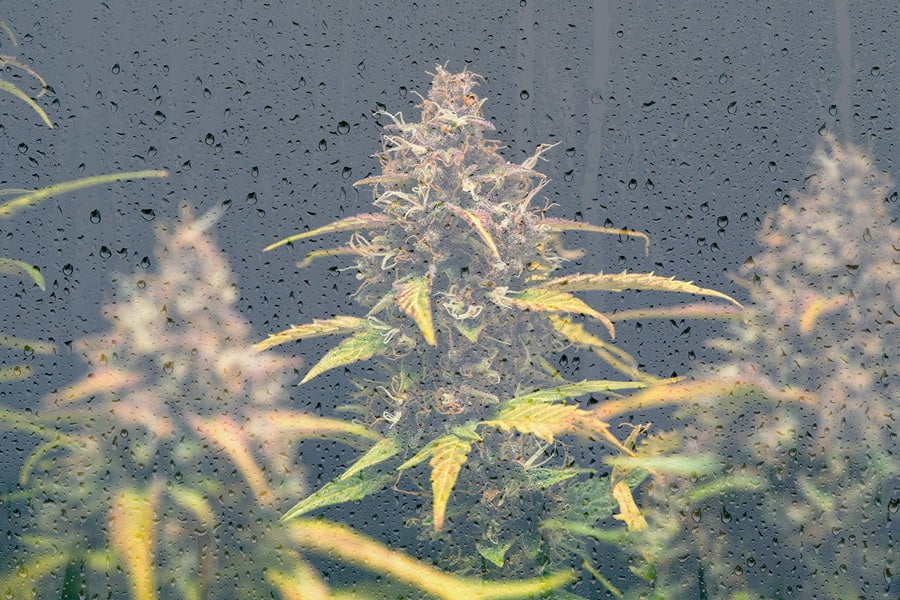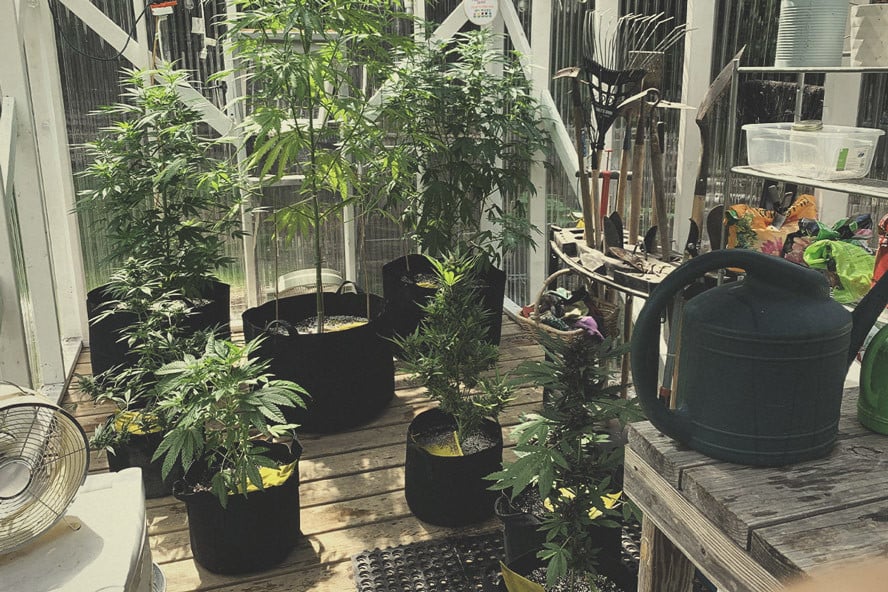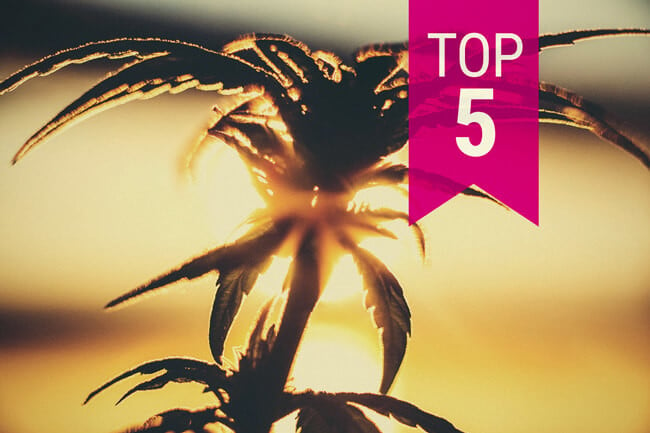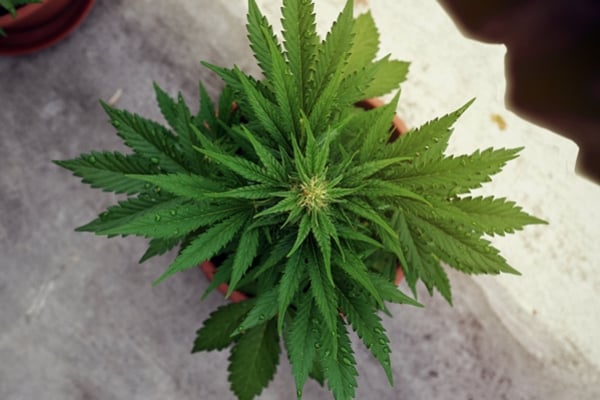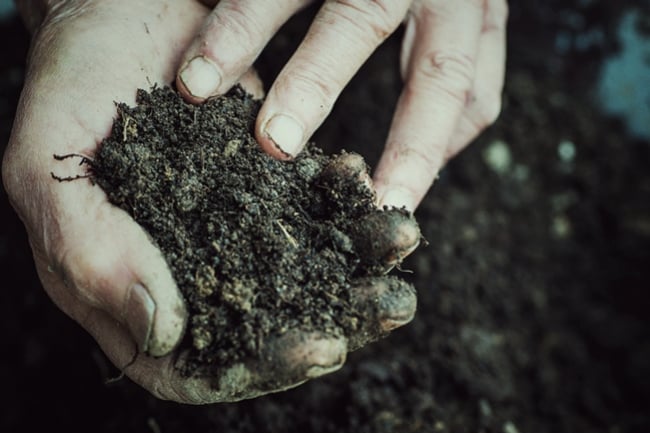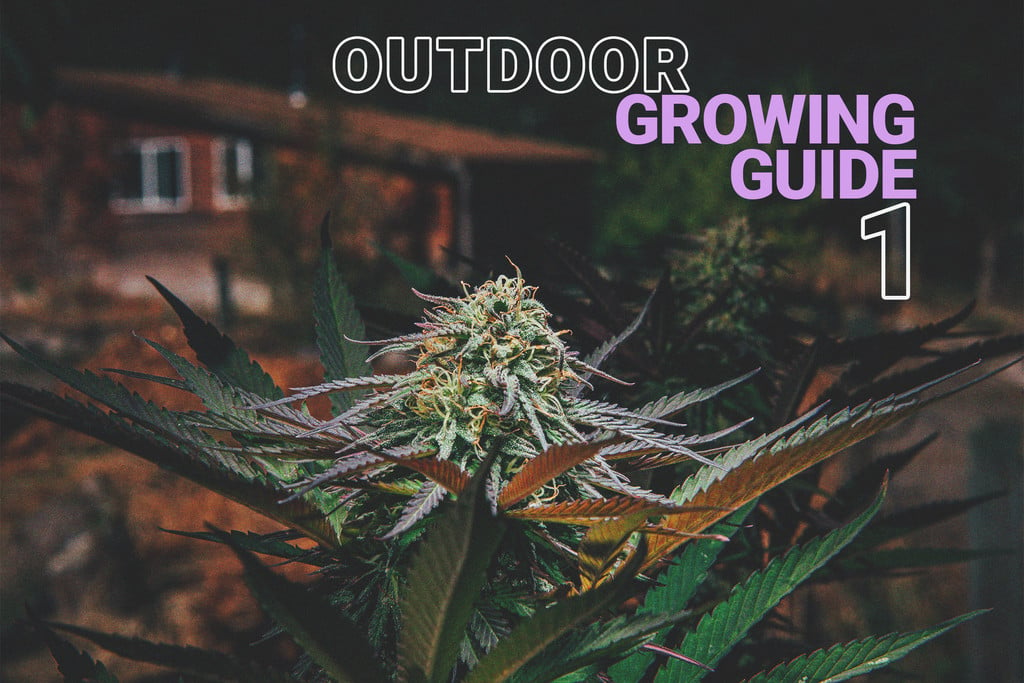.
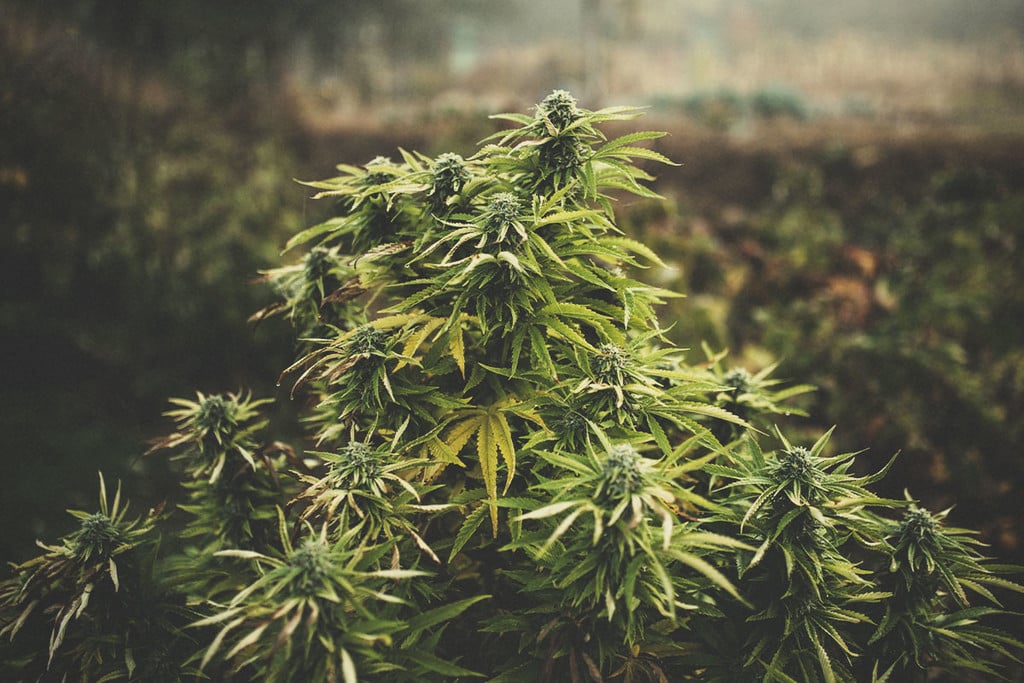
What Is Photoperiod Cannabis & How To Grow It Outdoors
For thousands of years, photoperiod-sensitive cannabis was the only toke in town. Despite the advances in artificial lighting and the recent ascendance of autoflowering hybrids, growing photoperiod strains in the great outdoors still rewards farmers with the heaviest harvests.
Contents:
Photoperiod, explained
When you come across the words photoperiod, photoperiodic, and photoperiodism, think of the hours of light in a given 24-hour period. Cannabis strains that bloom indoors under the standard 12-12 light-dark cycle do so because they are triggered to flower with a longer dark phase.
Outdoors, most photoperiod strains will transition into flowering as the hours of daylight dip below 15. Thus, a longer flowering period is to be expected. 12-12 is optimal for indoor cultivation. That’s why the flowering-time data on the reverse of most cannabis seed packs reflects bloom periods somewhere between 8–12 weeks.
Typically, heavy indicas like Northern Light finish flowering the fastest, sativas the slowest, and indica-sativa hybrids somewhere in between.
Watch Out: Light Pollution!
Because photoperiod cannabis relies on undisturbed hours of darkness to flower, light pollution (such as from street lights nearby) or interruptions in the dark cycle, even if just for a short time, are a problem.
If photoperiod plants don't get the required hours of undisturbed darkness, it can cause them to revert back to the vegetative phase, display hermaphroditic qualities, produce inferior yields, or fail to flower altogether.
How do you know if your location is experiencing light pollution? If you can still read the larger headers in a magazine at night, your growing spot may not be ideal.
How to Avoid Light Pollution When Growing Weed
Fortunately, there are ways to avoid light pollution when growing photoperiod cannabis outdoors:
- Choose a growing location away from light sources (street lights, busy streets, etc.).
- If growing in a greenhouse, light-proof your windows with blinds or tarps at night. You can even automate this system to keep the schedule as consistent as possible.
- If growing “under the stars”, consider erecting a basic structure that allows you to cover your plants with a blackout tarp at night.
- Even a short interruption in the dark period can be a problem. Don’t even shine your phone light on your plants during the dark period.
- If you need to see your plants at night, get a “dark night” lamp. These emit a green light that doesn’t stress plants as much.
- Consider growing autoflowers. Autoflowers are not sensitive to light pollution or disrupted darkness hours.
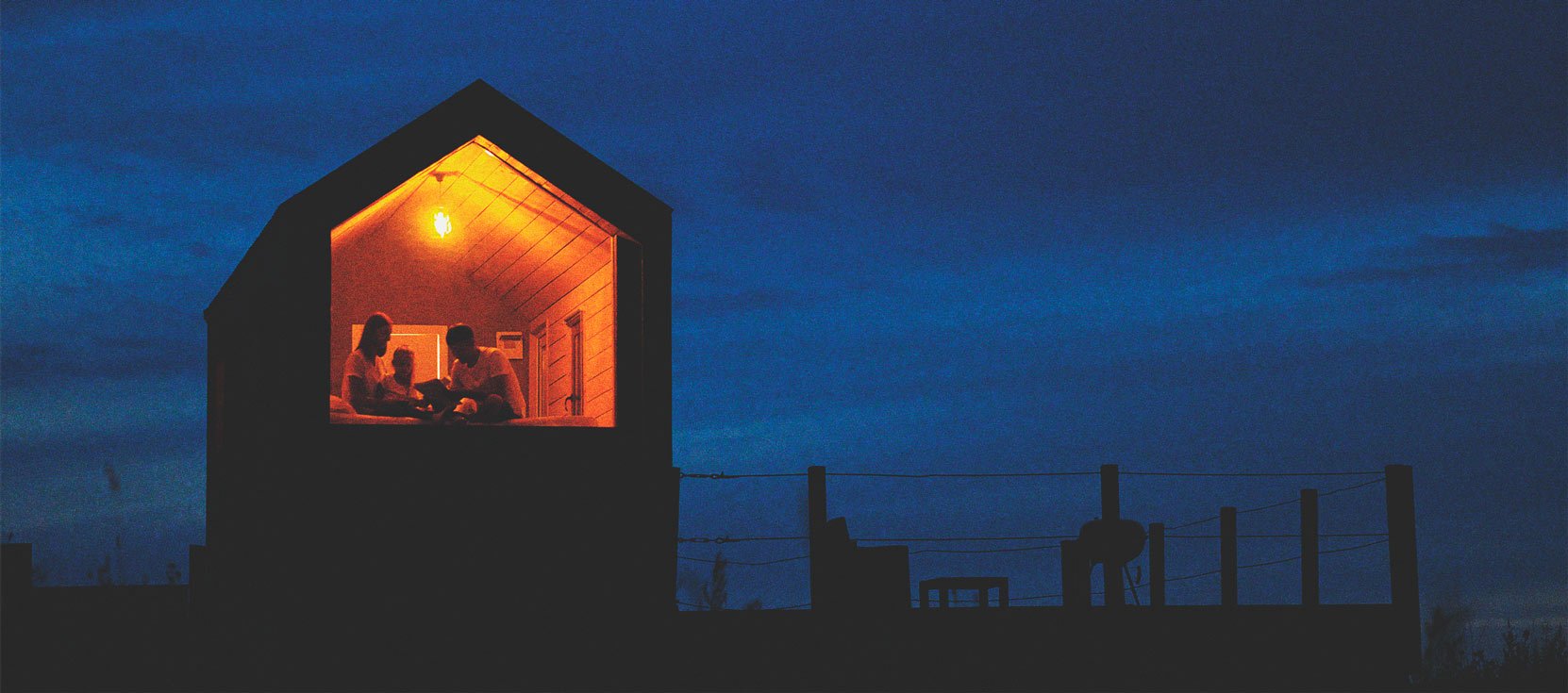
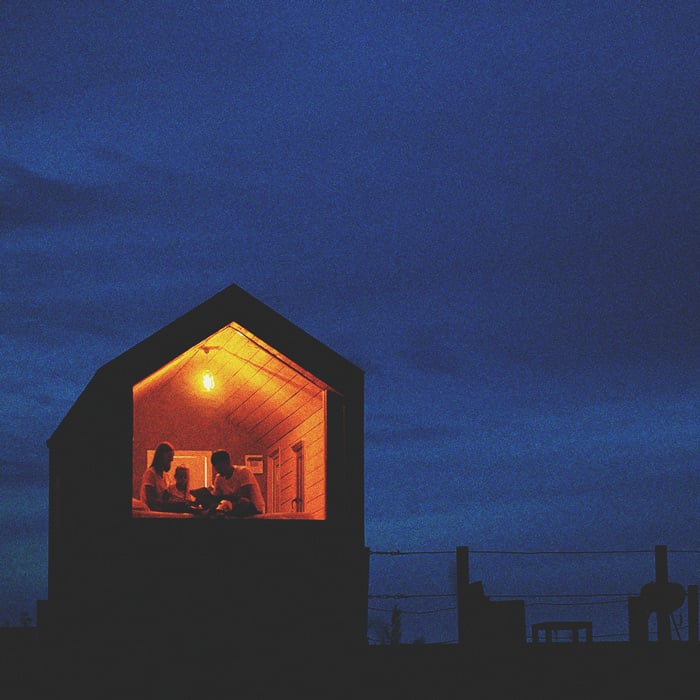
Photoperiod vs Autoflowering Cannabis Strains
The main characteristic of photoperiod cannabis is that its growing stages (vegetative, flowering) are influenced by the hours of light plants receive. In contrast, autoflowering plants flower automatically based on age, which also limits their growth.
Here are the main differences between photoperiod and autoflowering cannabis:
Photoperiod Cannabis:
- Vegetative growth isn’t limited. Under a 18/6 (lights on/off) cycle, plants can stay in the vegetative stage “indefinitely”.
- Training (cutting, topping etc.) is allowed. Plants are more forgiving as they have time to recover.
- Can be used as mother plants.
- Can be revegetated.
- Can be used to breed new strains.
- Higher average yields than autoflowers.
Autoflowering Cannabis:
- Vegetative growth is limited to 3–4 weeks, regardless of light schedule.
- Due to limited vegetative growth, plants are usually much smaller.
- Intensive training, such as cutting and topping, is not recommended.
- No control over growing and flowering stages.
- Cannot be used for breeding.
- Lower average yields than photoperiods.
Photoperiod Strain Genetics
On average, photoperiod cannabis is more potent than autoflowering weed. This is because the latter contains ruderalis genetics, which are inherently less concentrated with cannabinoids. This equates to higher average THC levels in photoperiods.
Intriguingly, photoperiod cannabis can also be manipulated to produce high amounts of CBG, CBN, THCV, and other lesser-known cannabinoids that have shown potential in their own right.
Only recently have modern autoflowers begun to catch up with photoperiod strains in regards to potency, but indeed the gap is closing.
Response of Sativa Strains to Photoperiod
Sativa cannabis originated in the tropics. As such, these strains respond well to plenty of sunshine and long growing seasons. That said, sativas are less sensitive to changes in daylight hours, as day and night around the equator are about the same length.
Many pure sativas, such as Hazes, can be grown under a 12/12 day/night schedule from the beginning. Once vegetative growth has concluded (after a certain number of weeks), they will flower under the same daylight schedule without any issues. A drawback is that sativas usually grow slower and need longer to finish flowering.
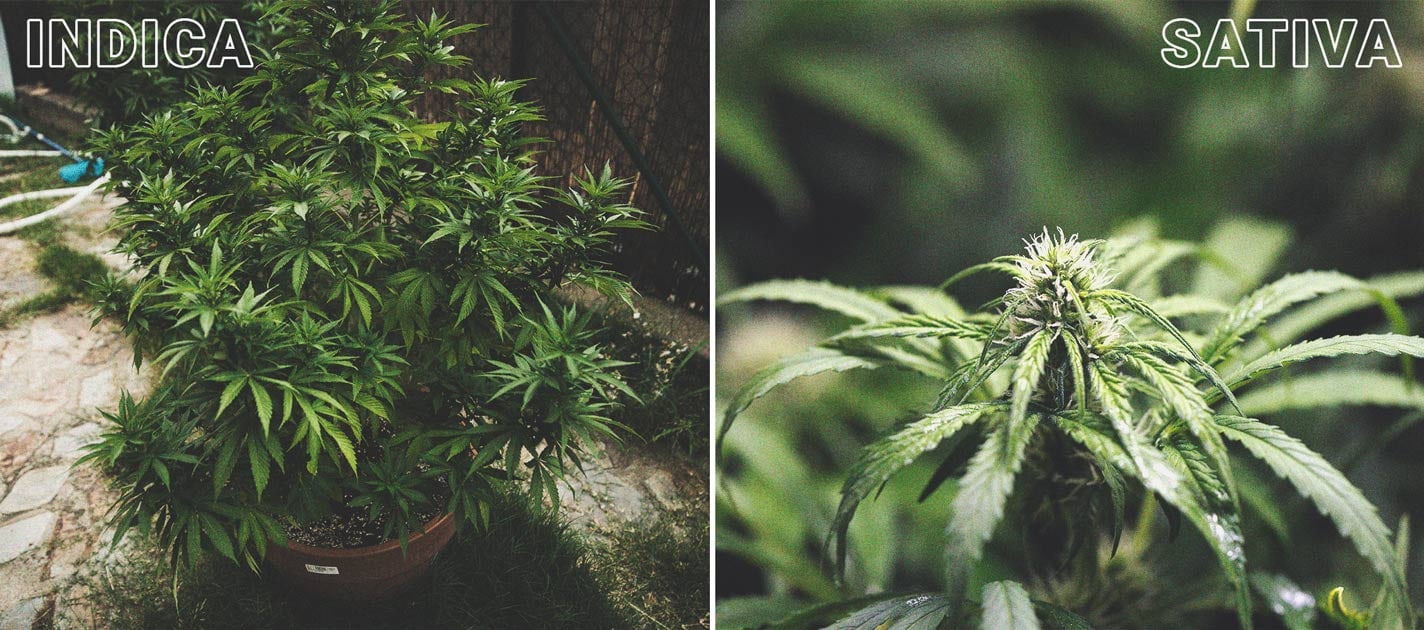
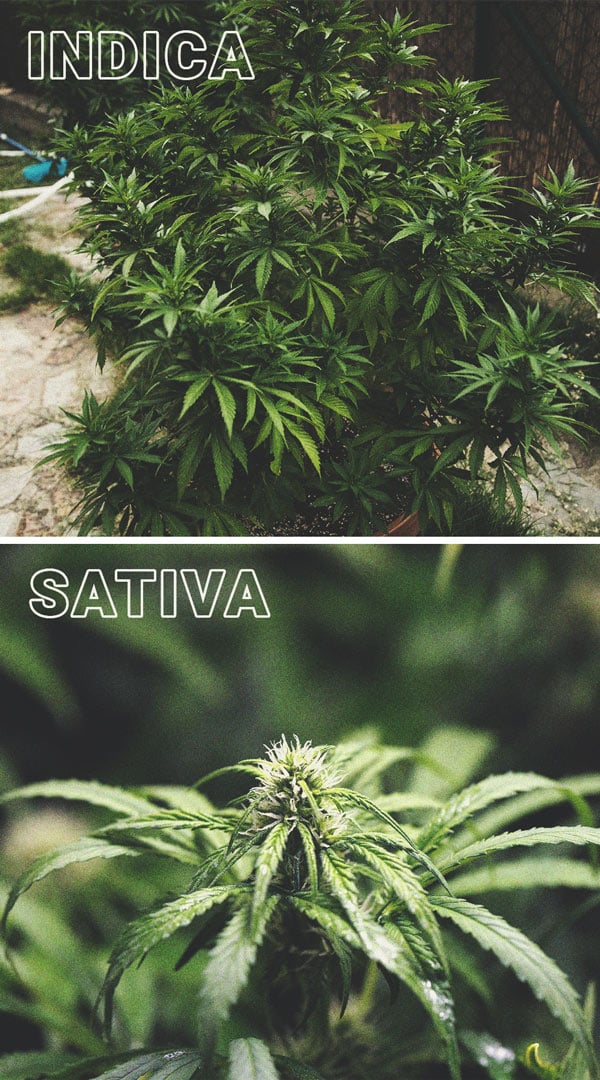
Response of Indica Strains to Photoperiod
Unlike their tropical counterparts, indicas originated in more northern latitudes. They respond quicker to a 12-hour photoperiod and flower faster too. This is because they adapted to grow in climate zones where winter approaches fast as soon as daylight hours get shorter.
Some indicas will flower under a 14/10 or 13/11 day/night cycle, although it really depends on the strain. There are no benefits to giving photoperiod indicas less than 12 hours of darkness. Plants will need longer to mature their buds and yields will suffer.
Critical factors of outdoor cultivation
-
The cannabis life cycle
Cannabis is an annual plant. And as a short-day plant, it will not be ready for harvest until autumn. In general, cannabis planted in the spring after the equinox will gradually shift from vegetative growth to bloom some time after the summer solstice, and finally be ready for harvest sometime during autumn. How much sunlight each plant receives will set the pace of the crop.
Greenhouse growers can use tarps and light-proof plastic sheeting to reduce the hours of sunlight and trigger plants to bloom faster. The only downside is it turns the grower into a walking timer plug. Don’t forget to remove the shade material before sunrise.
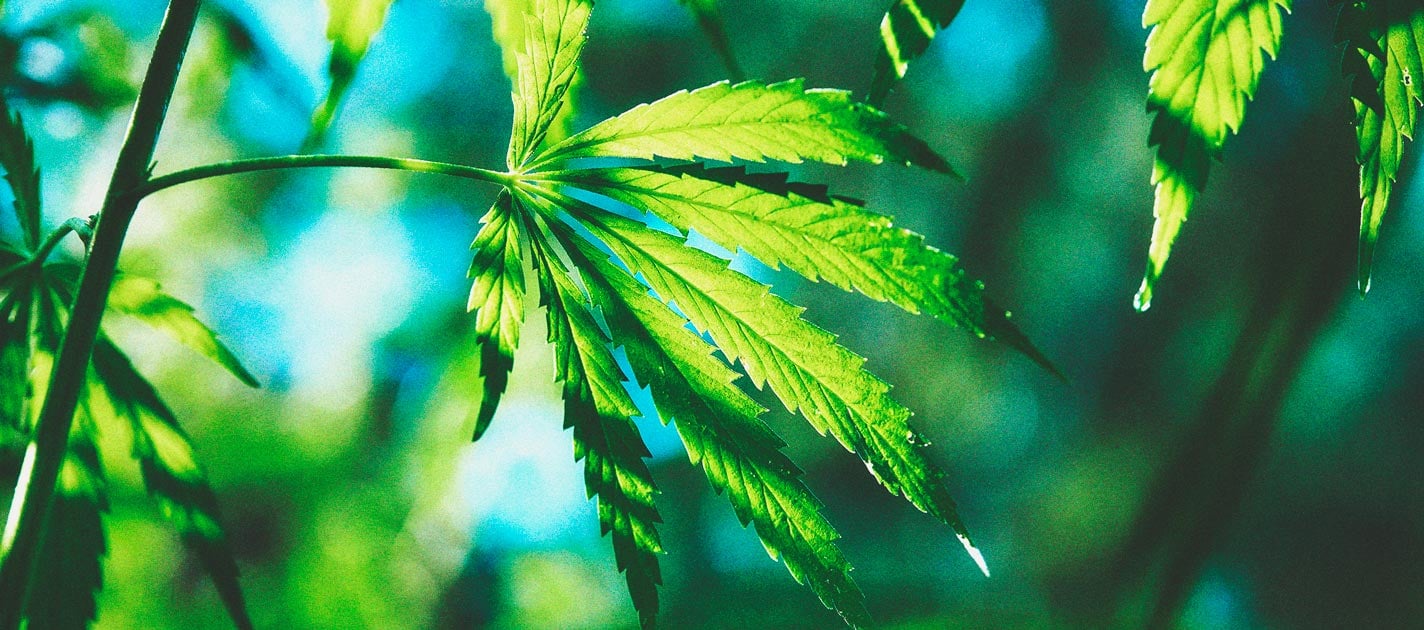
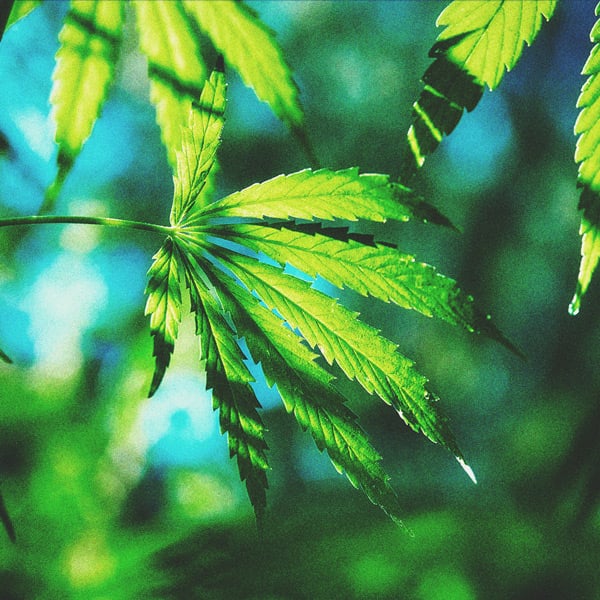
-
Location, location, location
In the Northern Hemisphere, the outdoor growing season is April–November. The summers become shorter and winters colder the further north you go. In the Southern Hemisphere, it’s the complete opposite, with the season running from August–April. Of course, there will be some regions that are outliers. But unless you are living close to the equator where a near-constant natural 12-12 day and night cycle prevails year-round, you must do some research.
-
Sunrise and sunset data
Data is digital gold. Use an online sunrise-sunset calculator. You need to study the historic monthly analysis for your local area. This is absolute need-to-know information. The sun is your grow light in the sky. You must be certain of how many hours your plants will receive before you germinate a seed.
First, you must pinpoint when 18+ hours of light will be available for vegetative growth. Then you must check approximately when sunlight is less than 12 hours to estimate a harvest window. Don’t get too hung up on a perfect 12-12. Remember, outdoor photoperiod cannabis will bloom slow and steady as the nights get longer. Some late-blooming super sativas like Amnesia Haze can grow to enormous sizes and not finish flowering until sunlight is down to 11 hours per day in late-autumn.
-
Weather forecast
18+ hours of daily sunshine is not enough to get growing. Check the weather forecast regularly and study the historical data for the last few years. Spring in Northern Europe is still pretty cold. For best results, cannabis needs 20–28°C temperatures to grow to its full potential. The reality is if you live too far north of the Mediterranean, you have a very short growing season. A hardy autoflowering hybrid like Blue Cheese Automatic is better suited to cooler northern climates. Lucky continental growers can really go for it with exotic strains like Kali Dog and Chocolate Haze.
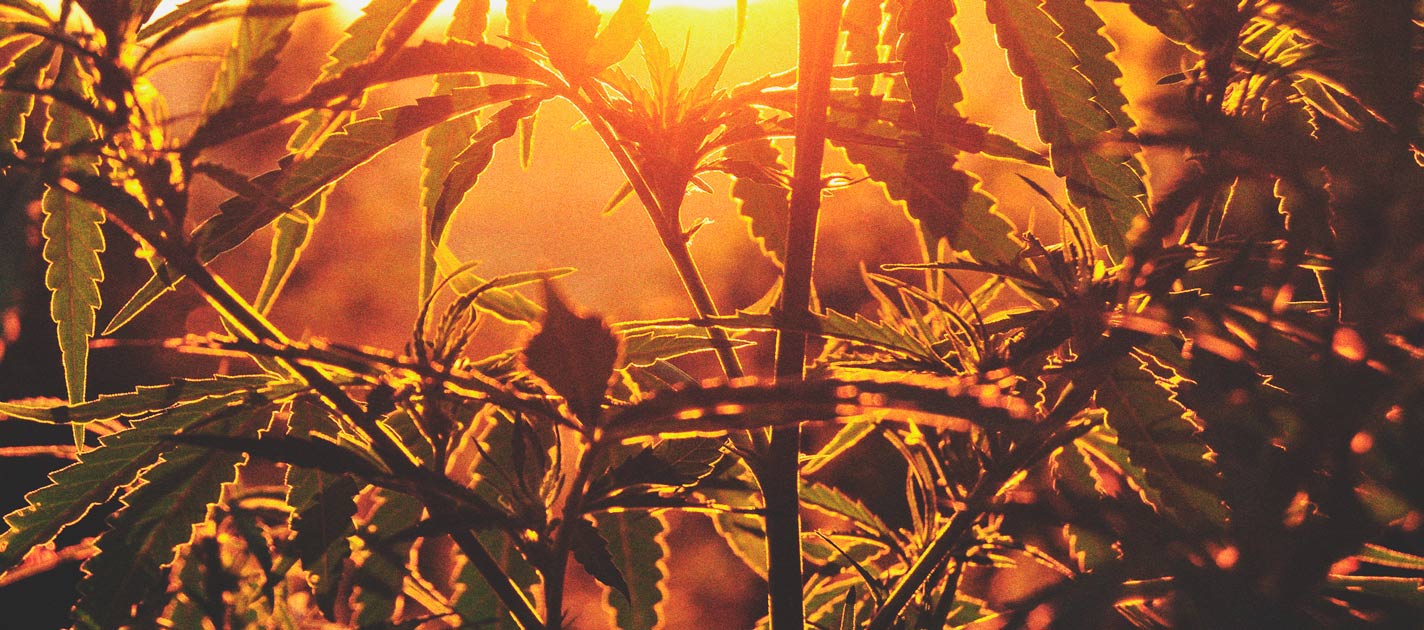
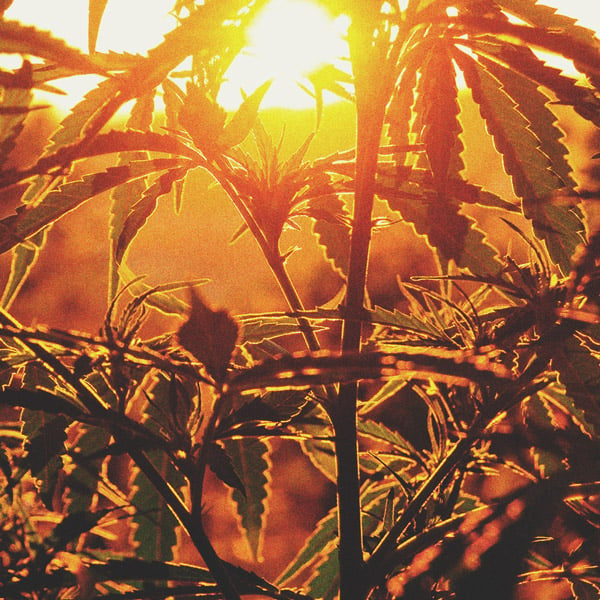
-
Site inspection
OK, so you have completed your desk research. Now it’s time to do some field research. You must inspect your grow site. Make sure no obstacles are casting shadows to block sunlight, and scout around the area to make sure it’s safe from prying eyes too. The best outdoor grow space is a private one. Use chicken wire and fencing to keep out any weed-munching herbivores or rodents.
-
Genetics
You must tailor your choice of cannabis seeds to your microclimate. Use the RQS strain filter to help make this important decision. One of the big advantages all photoperiod strains have over autoflowering cannabis is you can take cuttings to preserve the genetics. When you find a winning mother plant that thrives in your cannabis garden, cut clones to repeat the success.
-
Climate change
Climate change is already destroying outdoor cannabis farms. Growers in Northern California saw crops go up in flames in 2017. Smoke from the wildfires tainted marijuana growing for miles around. This is an extreme example, but extreme weather events are a real threat to outdoor cannabis cultivation everywhere. All you can do is be aware of the current weather patterns in your region.
-
Pro tips
Getting started indoors is always a smart idea. If you have good weather, a sunny windowsill is a good spot for delicate seedlings. Or, if it’s still too cold and raining outside, you can use a 200W cool white CFL to see plants through vegetative growth. A hybrid indoor-outdoor grow is not a compromise, it’s getting the best of both worlds.
We recommend growing outdoors using cannabis-specific soils in white plastic pots or Smart Pots. Pick up some brand name dope-growing dirt from the local grow shop. You can do little more than staking plants with bamboo for support if you grow in the ground. Containers give you the option of moving plants. This is usually required as the seasons change. The Earth moves around the sun, so if you are growing on a balcony or terrace, you may need to move plants around as the day progresses to keep them in direct sunlight.
Good Photoperiod Strains to Grow Outdoors
Our guide on photoperiod cannabis wouldn’t be complete without recommending some of our best outdoor photoperiod varieties. Our selection includes feminised strains (sativa & indica), CBD varieties (sativa & indica), and one regular cultivar.
We’ve selected strains from both ends of the genetic spectrum, with sativa-dominant and indica-dominant powerhouses. After all, strain choice is important when growing cannabis outdoors or indoors.
Photoperiod Sativa: Chocolate Haze
Chocolate Haze is an almost pure sativa (95% sativa) phenotype of the popular Chocolope. This is a good variety to grow in a mild climate with plenty of sun. The plant reaches up to 200cm in height, and, in optimal outdoor conditions, delivers up to 500g/plant. But don’t get impatient: the plant may require until late October to be ready.
Chocolate Haze is a favourite amongst old-schoolers: She blends a strong chocolate flavour with sweet, fruity, and earthy tones—a profile that was immensely popular in the 80s. Her happy and uplifting high makes her great for daytime smoking, thanks in part to a THC content of 20%.
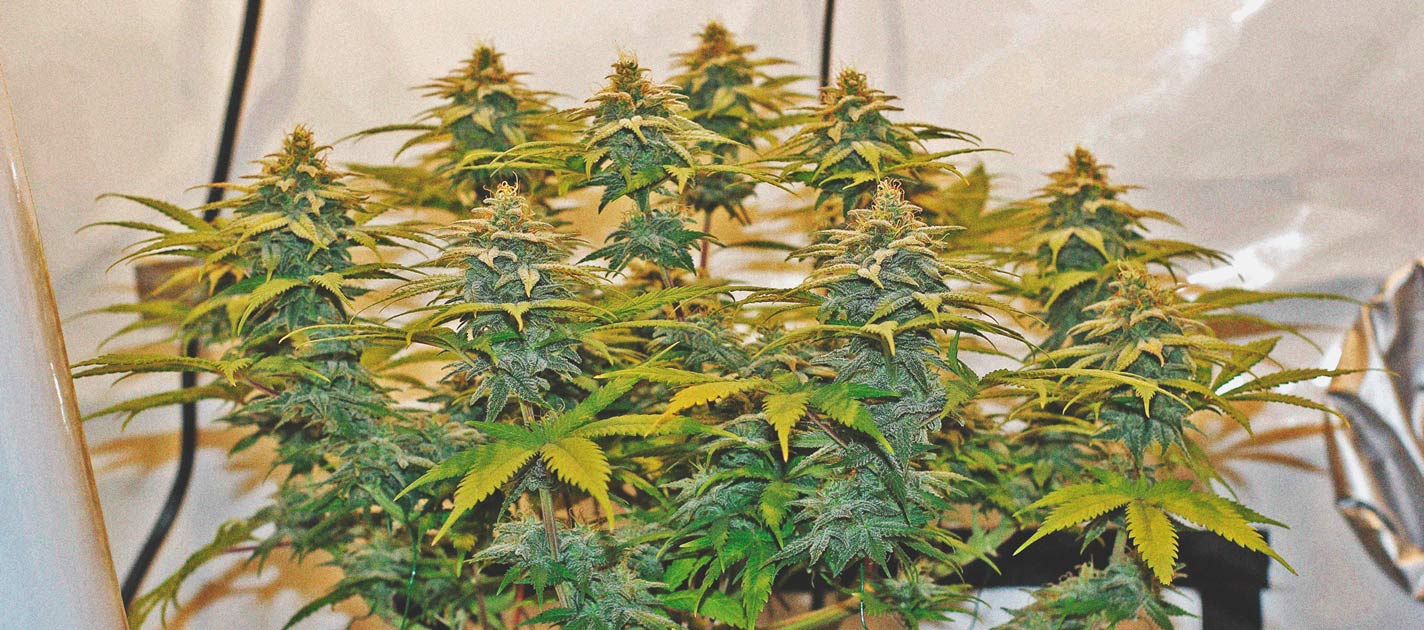
Chocolate Haze
|
|
OG Chocolate Thai x Cannalope Haze |
|
|
475 - 525 gr/m2 |
|
|
90 - 160 cm |
|
|
9 - 11 weeks |
|
|
THC: 20% |
|
|
Sativa 95% Indica 5% |
|
|
450 - 500 gr/plant |
|
|
150 - 200 cm |
|
|
Late October |
|
|
Heavy |
Photoperiod Indica: Northern Light
Northern Light is a legendary indica whose genetics can be found in many prize-winning cannabis classics. The genetic roots of the strain are not entirely known, although her origins are probably on the West Coast, where she was possibly created from Afghan, Thai, and other genetics.
Outdoors, where Northern Light does well in all environments, she can reach a height of 200cm. Her flowering time is short, and she’ll be ready to cut in late September. Get ready for monster yields (up to 625g/plant) of potent bud with a sweet, fruity, and spicy flavour.
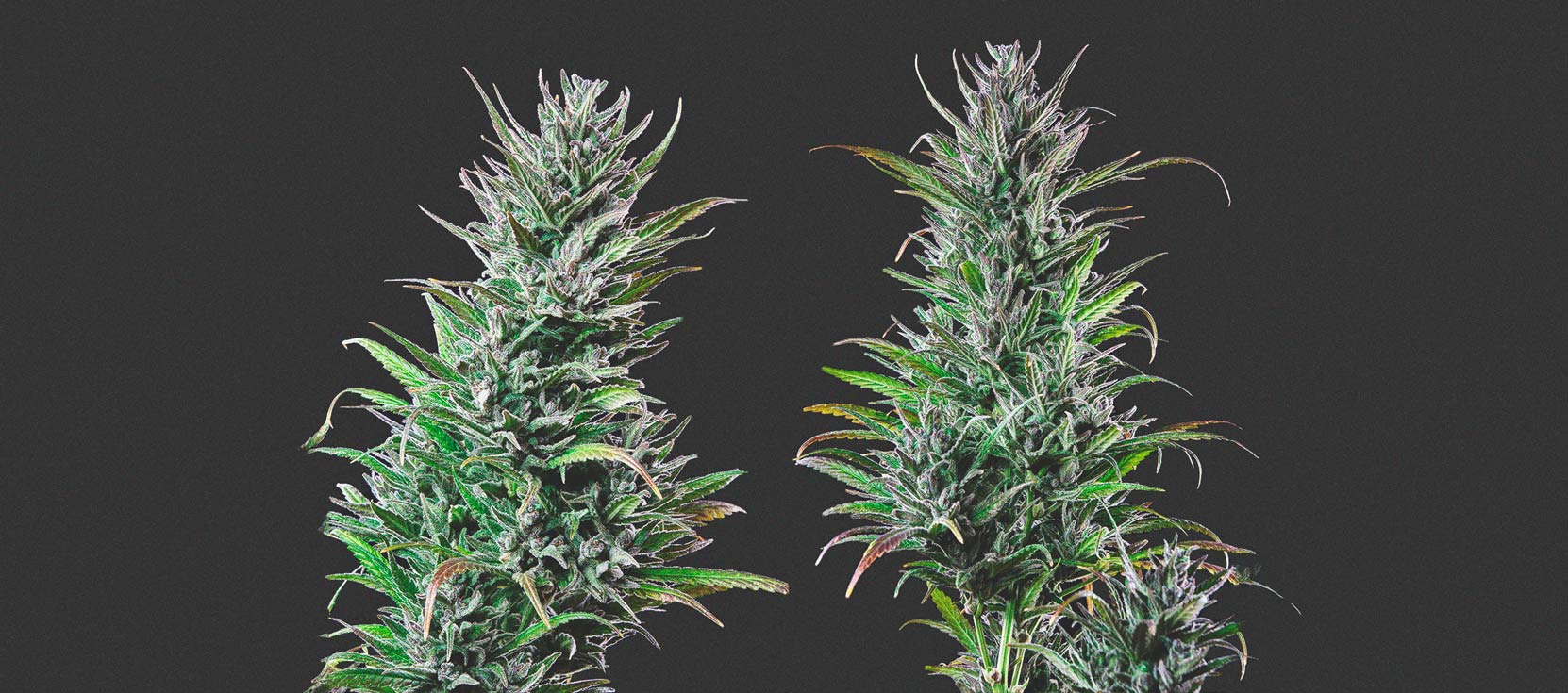
Northern Light
|
|
Northern Light S1 |
|
|
500 - 550 gr/m2 |
|
|
100 - 160 cm |
|
|
8 - 9 weeks |
|
|
THC: 18% |
|
|
Sativa 0% Indica 100% |
|
|
575 - 625 gr/plant |
|
|
180 - 220 cm |
|
|
Late September |
|
|
Balanced, Clear, Stoned |
Photoperiod CBD Sativa: Painkiller XL
Painkiller XL is a balanced CBD-rich strain whose parents are Juanita la Lagrimosa (Spanish for "Juanita the Tearful") and RQS’ Royal Highness. Bringing 9% THC to the table and about the same amount of CBD, this is a good variety (not just!) for holistic users who want to enjoy the benefits of both cannabinoids.
This sativa-leaning variety (75% sativa) doesn’t require too long to flower, reaching harvest in late September. The plant doesn’t grow too tall either (150cm outdoors) yet delivers up to 550g/plant. Her buds, aside from pleasing with citrus and Diesel flavours, produce a mild physical high that leaves you with a clear head.
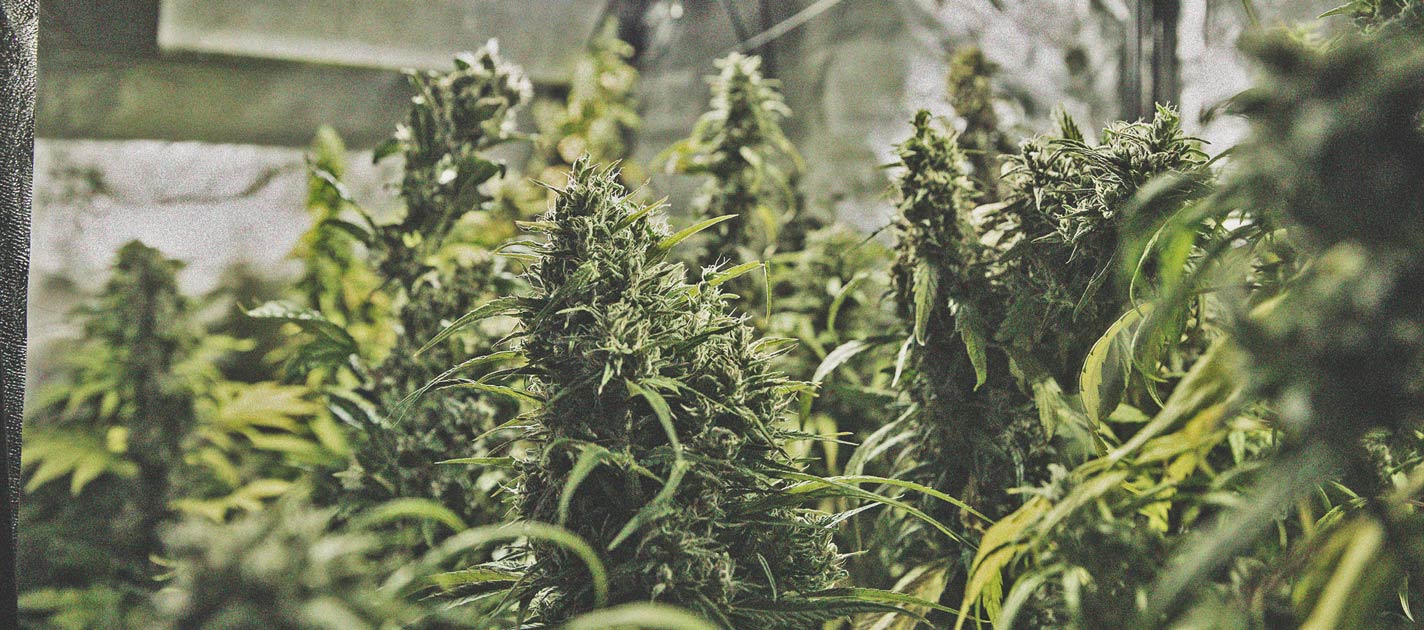
Painkiller XL
|
|
Respect 13 x Juanita la Lagrimosa |
|
|
500 - 550 gr/m2 |
|
|
60 - 100 cm |
|
|
8 - 9 weeks |
|
|
THC: 9% |
|
|
Sativa 75% Indica 25% |
|
|
500 - 550 gr/plant |
|
|
120 - 150 cm |
|
|
Late September |
|
|
Clear, Physically Relaxing |
Photoperiod CBD Indica: Euphoria
Euphoria is our recommended indica-leaning (75% indica) CBD outdoor variety. Created as a cross between Royal Medic and Shark Shock, she contains about 9% THC, which she complements with plenty of CBD. Grown outdoors, Euphoria reaches about 140cm tall, with harvest occurring sometime in early October. Yields of up to 500g/plant are possible in good conditions.
Euphoria produces a happy and relaxed effect that isn’t too strong, making her a very good all-rounder strain that one can enjoy at any time.
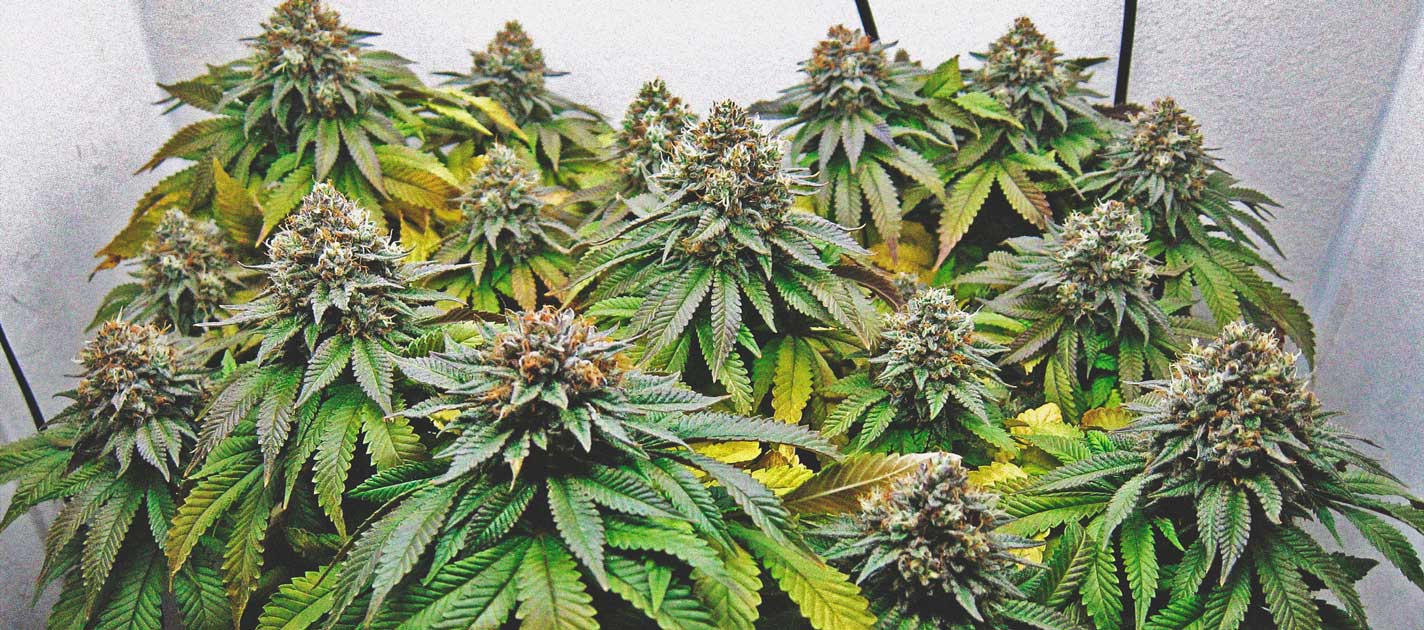
Euphoria
|
|
Great White Shark x CBD dominant plant |
|
|
450 - 500 gr/m2 |
|
|
60 - 100 cm |
|
|
8 - 9 weeks |
|
|
THC: 9% |
|
|
Sativa 20% Indica 80% |
|
|
450 - 500 gr/plant |
|
|
120 - 150 cm |
|
|
Early October |
|
|
Balanced, Calming, Physically Relaxing |


























